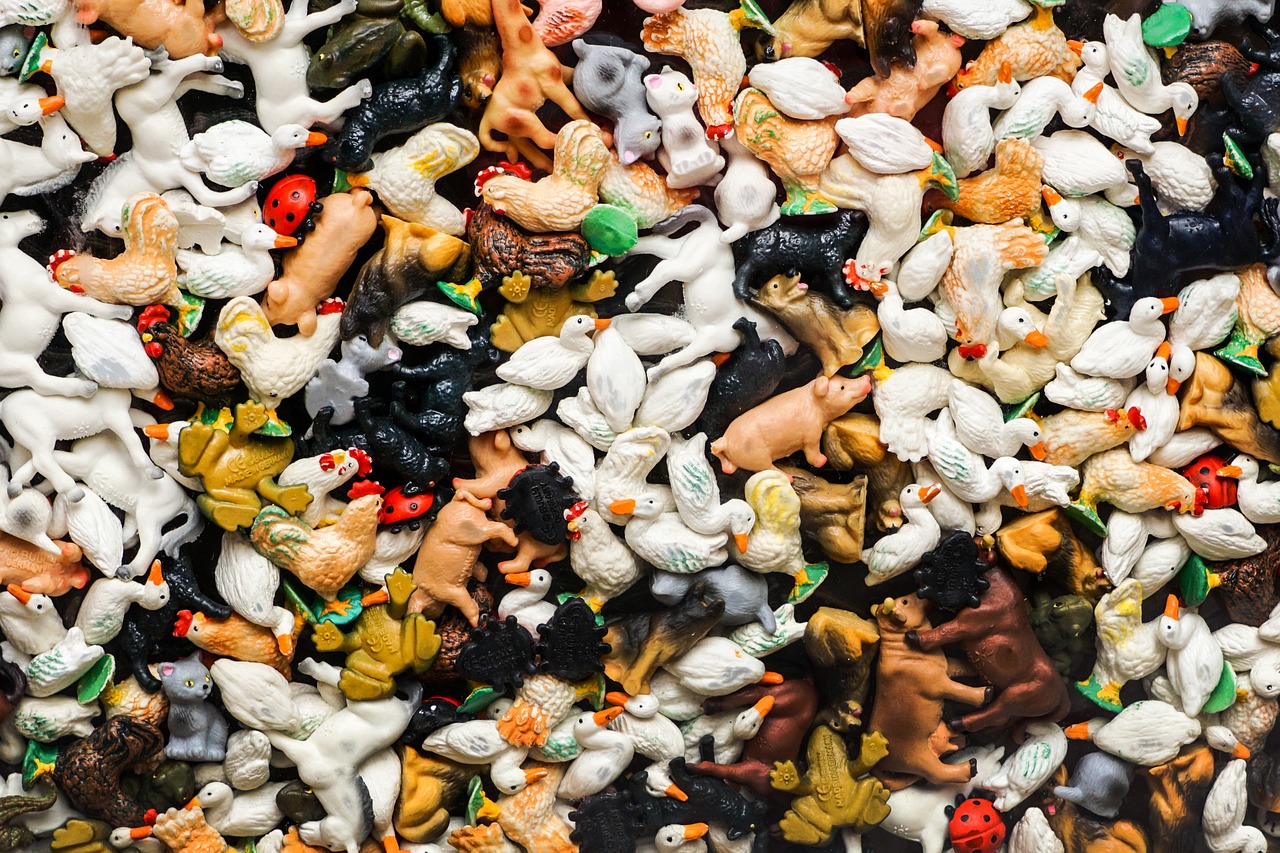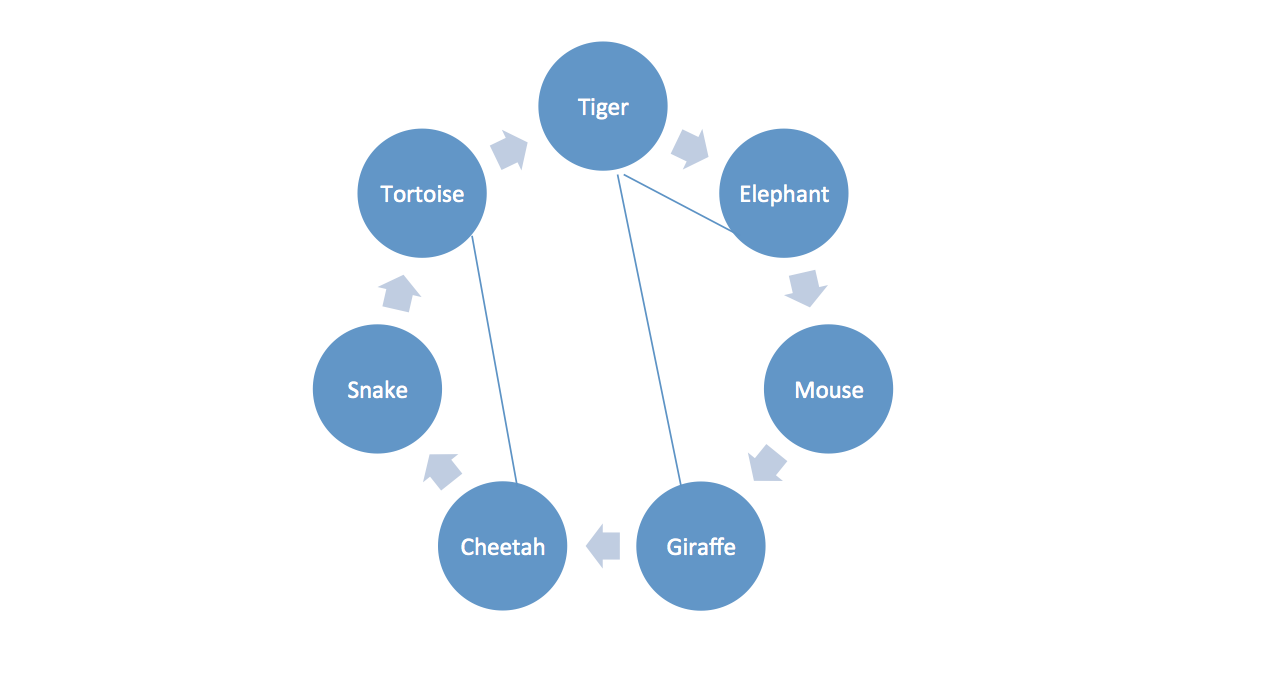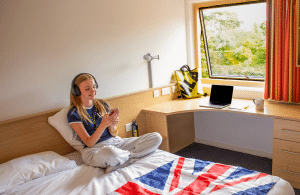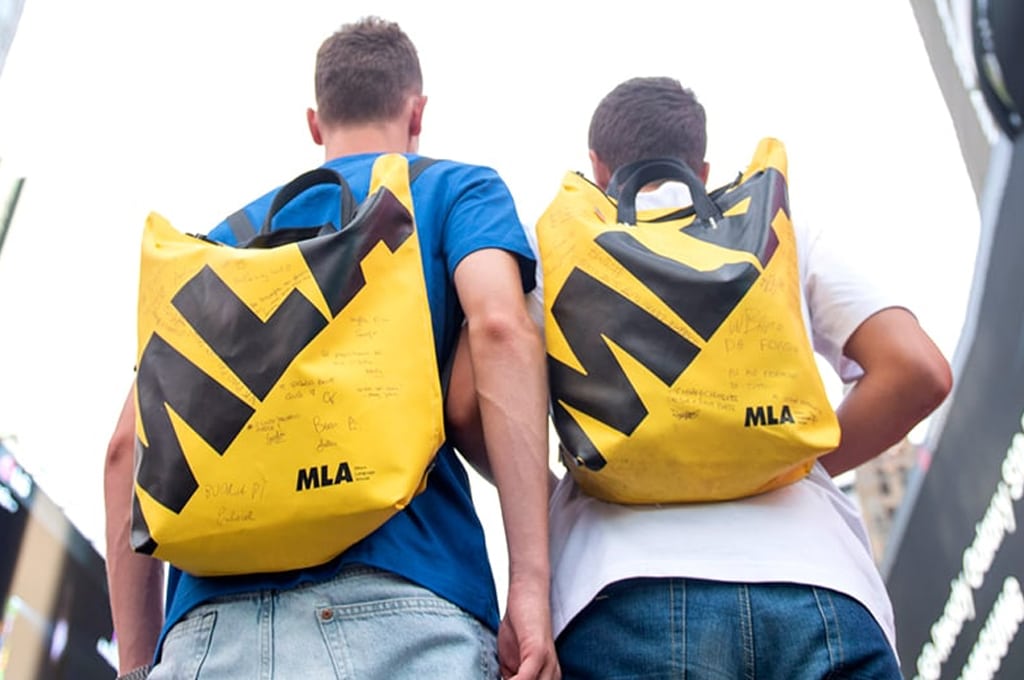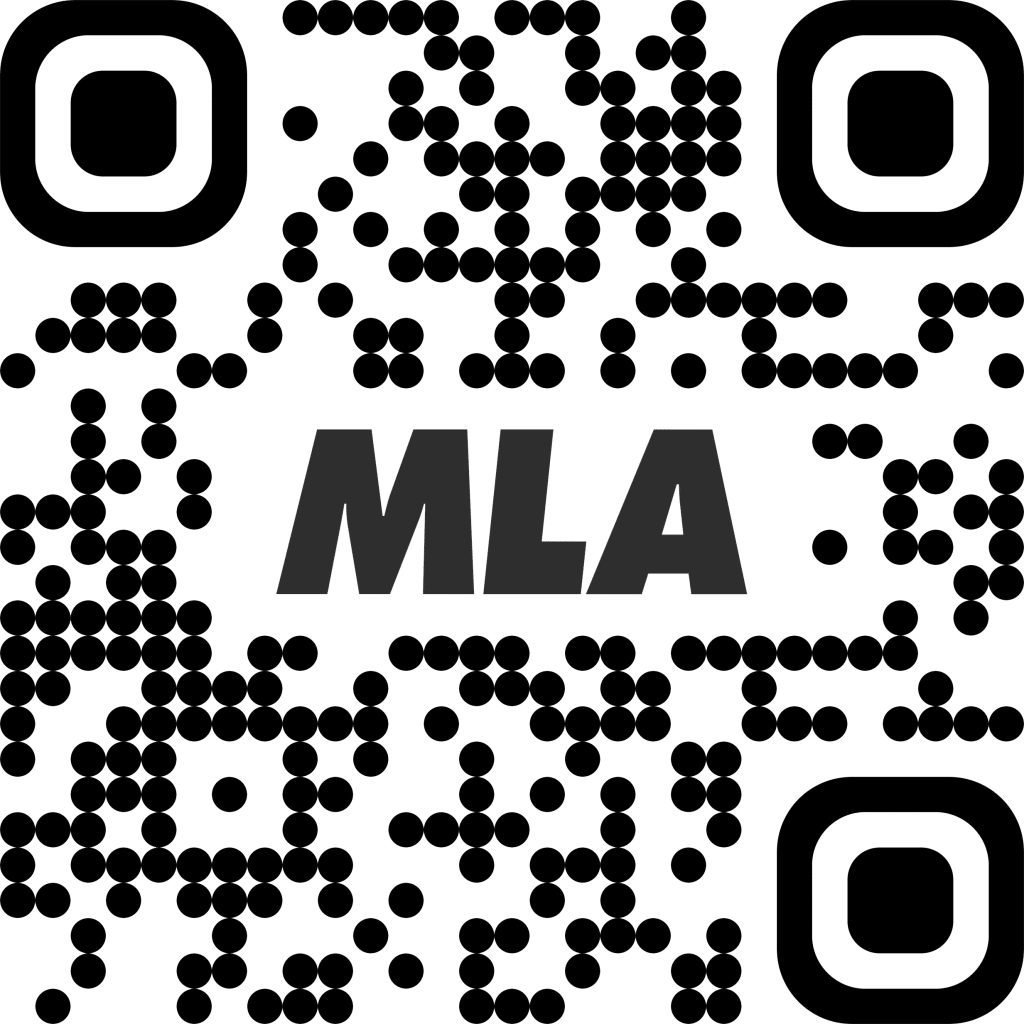This month I am going to look at a very simple idea for teaching comparatives. It is especially good with lower levels though if you use different things to compare, you can increase the level. The activity is really a very controlled activity around grammar but by doing it this way, you make it slightly more interesting and more like an activity than simple grammar practice. It requires minimum resources too, you just need a board and a few pieces of paper. It is also an activity that you can start as teacher led but easily change to a more student led activity by getting the students to do the same thing in pairs or groups of 3.
On the board write the following. You can use any animals when you do this activity and I tend to write about 6 or 7 animals on the board.
Now tell the students you are going to compare the animals by using adjectives. Each time you make a comparison, draw a line between the two animals. So for example you might say
Example
A Cheetah is faster than a Tortoise ( then draw a line connecting the Cheetah and the Tortoise)
A Giraffe is taller than a Tiger ( then draw a line connecting Giraffe and Tiger)
A tiger is more agile than an elephant ( then draw a line connecting Tiger and Elephant)
Hopefully now the students understand the activity. Invite students up to the board to make similar comparisons and tell them to say the sentence out loud and then draw the line.
Example
Student comes to board
‘A snake is longer than a mouse’ ( student draws a line between Snake and Mouse)
Another student comes to the board
‘A mouse is smaller than a tiger’ ( student draws a line between Snake and Mouse)
Making this activity more learner-centered.
I often use this activity in teacher training sessions when I want to show teachers how they can move from teacher-centered type activities to learner-centered activities. Now ask your students to work in pairs. Tell them to take a large piece of paper and write the names of animals in a big circle just like the example on the board. Tell the students that they can choose any animals they want.
Now the students can work in pairs and take it in turns to say sentences. Each time they say a sentence, they have to draw a line between the two animals. While the students are doing the activity, the teacher can move around the class and listen to the sentences. Take note of any mistakes.
Extending this activity
You don’t have to do this activity with animals. It works well with countries for example. Students can use adjectives like big, small, high, low, rich, poor, populated, crowded, successful, isolated, industrialized, liberal and organized. Some of these will be opinions of course but this way the activity tends to be more difficult and is appropriate for higher levels.
Spain is hotter than England
The USA is richer than Brazil
Ecuador is higher than Holland
India is more populated than France
Another tip, is that if you are working with low level students, then you can actually write some adjectives on the board to help them. For example if you are working with animals you can write up the following words.
Adjectives for animals
Big, Small, Tall, Short, Dangerous, Domesticated, Long, Fat, Thin, Fast, Slow, Calm, Nervous, Ugly Beautiful, Agile, Independent, Aggressive
The important thing when students do this activity is that they actually have to do something each time they say a sentence ,as they have to draw a line connecting the two sentences and this reinforces the activity and creates a simple type of challenge.
Russell Stannard
Russell Stannard is the founder of TeacherTrainingVideos.Com and the Associate Trainer at NILE. He was the previous winner of the Times Higher ‘Outstanding Technology Initiative’, the British Council ‘Technology Innovation Award’ and the University of Westminster ‘Excellence in Teaching Award.’ He trains teachers all over the world, especially in the use of technology in language teaching.

